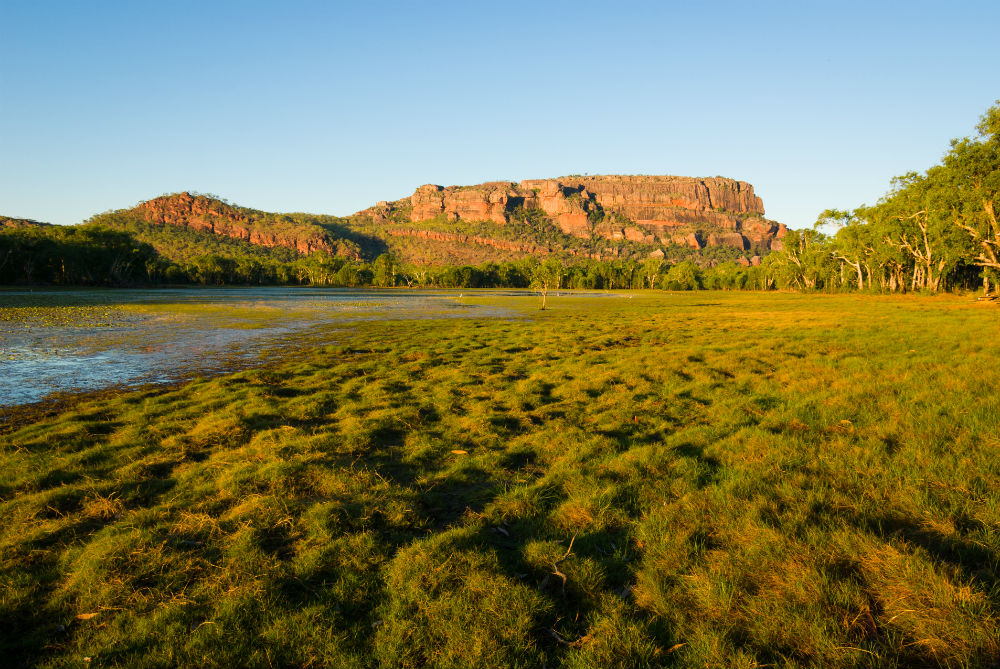It seems almost every day we hear reports about how drone technology is being used in new and inventive ways. This week we heard about an innovative scheme in the Kakadu wetlands where drones are being used to control and eliminate para grass.
Healthy Country, a partnership between traditional owners, the CSIRO, NEST, Parks Australia and Microsoft aims to identify para grass in its different stages, control and/or eliminate it, and attract native birdlife, flora and fauna back to the area.
What is Para Grass?
Para grass is known by a number of different names, the most common are buffalo grass and brachiaria mutica. It is thought to have originated in sub-Saharan tropical Africa and introduced into Australia in the 1960s to feed cattle and buffalo. It is an aggressive, fast-growing grass that thrives in a range of environments including floodplains, creek banks, along drainage lines and in some urban areas.
Why is Para Grass a Problem?
Although it is not a declared weed in the Northern Territory, para grass is a serious environmental problem. Para grass is invasive. It takes over other ecosystems and is a threat to native wildlife.
Specifically para grass:
- Has spread extensively across floodplains in the Northern Territory pushing out native grass and shrubs.
- Has caused loss of habitat for native animals on the floodplains, particularly magpie geese.
- Is low in nutrients when compared to native grasses. Seed-feeding animals suffer.
(source: Department of Environment And Natural Resources)
The presence of magpie geese is of particular importance for the traditional owners, who use their numbers as an indication of the overall health of the wetlands.
How Can Drones Help Control Para Grass?
Gathering data manually in Kakadu is laborious and hazardous due to extreme weather, crocodiles, buffalo and wild pigs. Drones make it easy to gather and review thousands of hours of footage, so decisions can be made about how best to go out and control it.
So far, DGI Mavic drones have been used to take RBG images of a trial site to track para grass and geese numbers. The results have been impressive.
“When we first started doing this project, that area was 100% para grass and we were able to count just 50 magpies. Nine months later, the area is teaming with native plants and we recorded more than 1,800 magpie geese.”
– Kakadu board member, leader of the National Environmental Science Program (NEST) Northern Australian Environmental Resources Hub, and professor at the University of Western Australia Dr Micheal Douglas said. (Source)
Rangers can even access the data on their mobile devices allowing them to make instant decisions.
Drone Certification Australia
With drone technology playing an ever-increasing role across multiple industries, don’t delay enrolling in a drone certification course. View our course timetable or contact us if you have any questions.

